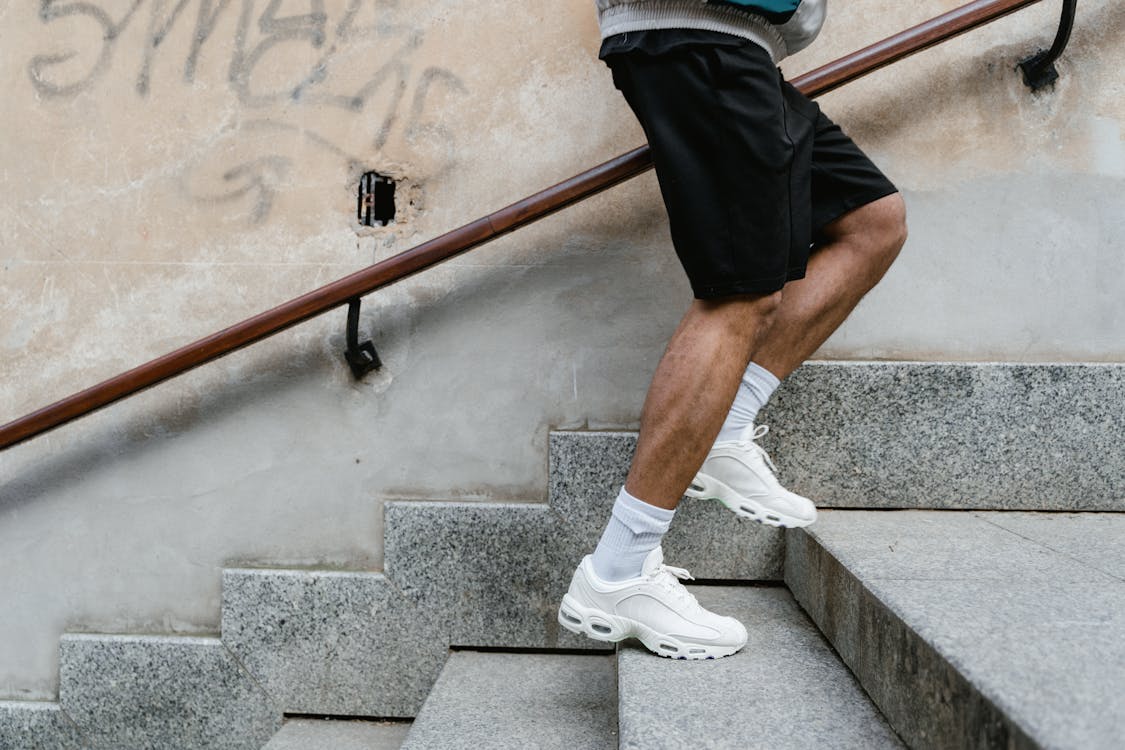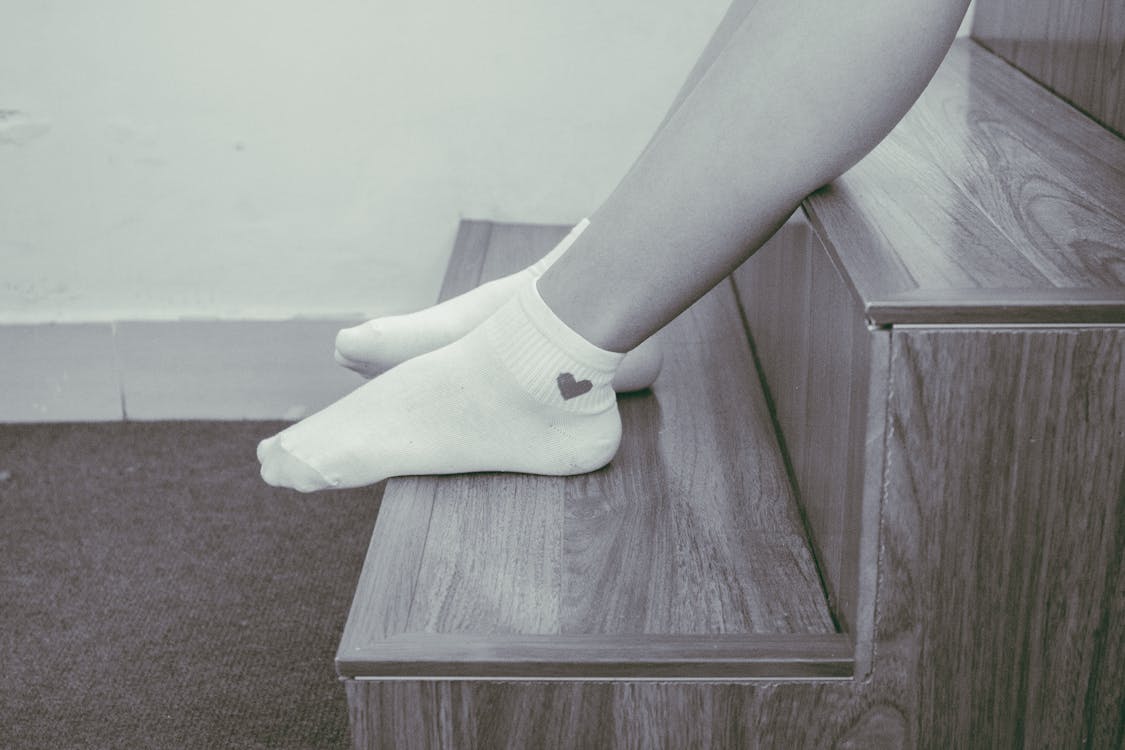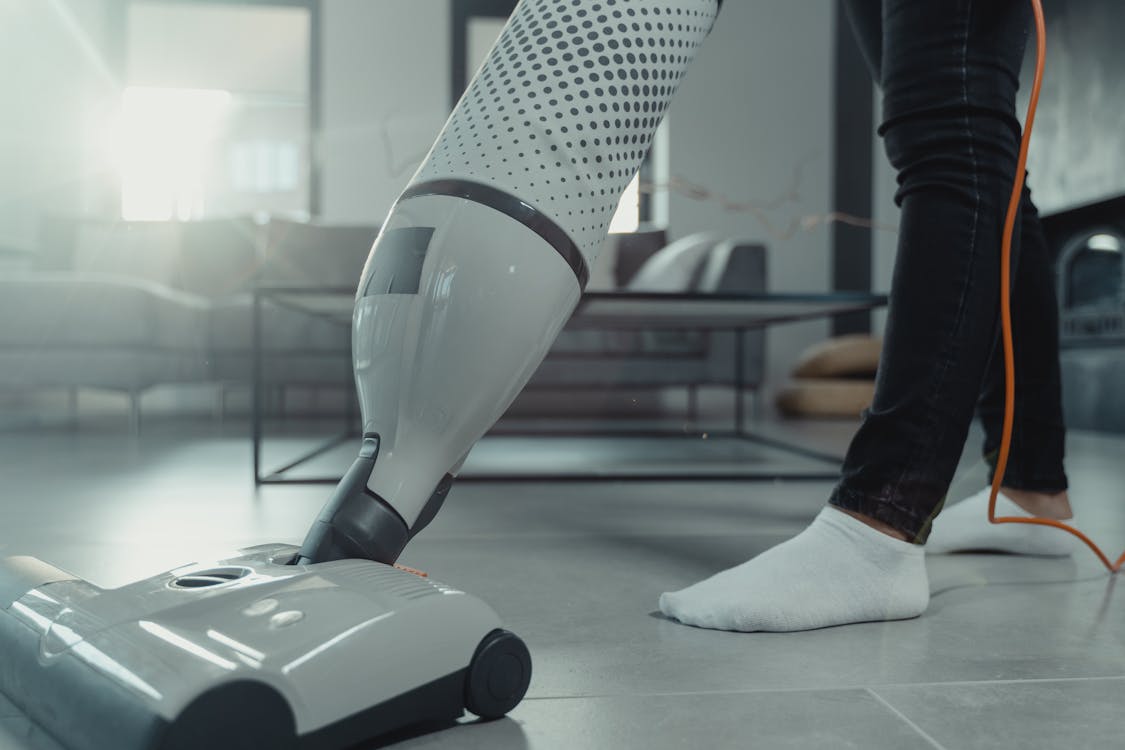Swelling, medically known as edema, can be a troublesome and sometimes painful condition. It occurs when excess fluid accumulates in the body's tissues, leading to discomfort, limited mobility, and even complications in some cases. Lymphedema, a specific type of swelling, arises when the lymphatic system is impaired, causing fluid retention in the limbs. Fortunately, compression ankle socks offer an effective and non-invasive solution for managing these conditions. In this article, we will explore the world of compression ankle socks and their benefits for individuals dealing with edema and lymphedema.
Understanding Edema and Lymphedema
Edema, characterized by the swelling of body parts due to an excess accumulation of fluid, can be caused by various factors, such as pregnancy, heart failure, kidney disease, or even prolonged sitting or standing. One of the most common forms of edema is swelling in the ankles and feet. This swelling can range from mild discomfort to severe pain and can greatly affect an individual's daily life.
Lymphedema, on the other hand, is a more specific form of swelling. It occurs when the lymphatic system is damaged or impaired, preventing the body from efficiently draining lymph fluid. This condition usually manifests in the arms or legs and is often the result of surgery, radiation therapy, or other medical treatments for cancer. Lymphedema can also be congenital, known as primary lymphedema, and can present at birth or later in life.

The Role of Compression Ankle Socks
Compression ankle socks are specially designed garments that offer graduated compression. This means that they provide more pressure at the ankle and gradually decrease the pressure as they move up the leg. This design is crucial for promoting healthy circulation and reducing swelling. Here are some of the key benefits of compression ankle socks for individuals with edema and lymphedema:
-
Improved Circulation: The primary goal of compression ankle socks is to enhance blood circulation. By applying gentle pressure to the ankle and calf, these socks help facilitate the flow of blood and lymphatic fluid, preventing it from pooling in the lower extremities. This helps reduce swelling and discomfort.
-
Reduction of Swelling: Compression socks can effectively manage swelling, making them a valuable tool in edema and lymphedema treatment. They assist the body in draining excess fluids from the affected area, which can lead to a noticeable reduction in swelling and discomfort.
-
Pain Relief: Swollen limbs can be painful and uncomfortable. Compression socks alleviate this discomfort by promoting circulation, which can ease pain and discomfort associated with edema and lymphedema.
-
Prevention of Complications: Untreated edema and lymphedema can lead to serious complications such as cellulitis, skin changes, or even lymphangiosarcoma. By managing the swelling with compression ankle socks, individuals can reduce the risk of these complications.
-
Enhanced Mobility: Swollen limbs often lead to reduced mobility and difficulty performing daily tasks. Compression ankle socks help improve mobility by reducing the swelling and discomfort, allowing individuals to move more freely.

Selecting the Right Compression Level
One of the critical aspects of using compression ankle socks effectively is selecting the appropriate compression level. Compression levels are typically measured in millimeters of mercury (mmHg), and they vary from mild to extra firm. The right level of compression depends on the severity of the edema or lymphedema, as well as an individual's specific needs. Here is a rough guideline for selecting the appropriate compression level:
-
Mild Compression (8-15 mmHg): These socks are ideal for individuals experiencing mild swelling or discomfort in the lower legs. They are often used for preventative measures and can be worn during long periods of sitting or standing.
-
Moderate Compression (15-20 mmHg): For those with moderate edema or lymphedema, these socks provide more significant compression and can help manage swelling effectively. They are commonly recommended by healthcare professionals.
-
Firm Compression (20-30 mmHg): Individuals with severe swelling or lymphedema often benefit from firm compression ankle socks. These provide higher pressure to aid in fluid drainage and can be prescribed by healthcare providers.
-
Extra Firm Compression (30-40 mmHg): Reserved for severe cases, these socks deliver the highest level of compression and are usually prescribed by medical professionals for individuals with advanced lymphedema.
It's crucial to consult with a healthcare provider to determine the most suitable compression level for your specific condition.

How to Wear Compression Ankle Socks
Wearing compression ankle socks correctly is essential for them to be effective. Here are some guidelines to ensure you get the most benefit from these garments:
-
Measure for a Proper Fit: It's important to measure your ankle and calf circumference to select the right size. Many manufacturers provide size charts to assist in finding the appropriate fit.
-
Put Them On in the Morning: Swelling is typically at its minimum in the morning. This is the best time to put on compression ankle socks to help manage edema and lymphedema throughout the day.
-
Smooth Out Wrinkles: Make sure there are no wrinkles or folds in the socks, as these can create pressure points and discomfort.
-
Replace as Needed: Over time, compression socks may lose their elasticity and effectiveness. Replace them as recommended by the manufacturer or your healthcare provider.
Conclusion
Compression ankle socks offer an effective and non-invasive solution for managing edema and lymphedema. By improving circulation, reducing swelling, and alleviating discomfort, these socks can significantly enhance the quality of life for individuals living with these conditions. If you are dealing with edema or lymphedema, consult with a healthcare professional to determine the right compression level and find the best-fitting compression ankle socks to help you sock it to swelling and regain your mobility and comfort.

#Compressionsocks #anklesocks #compressionanklesocks

